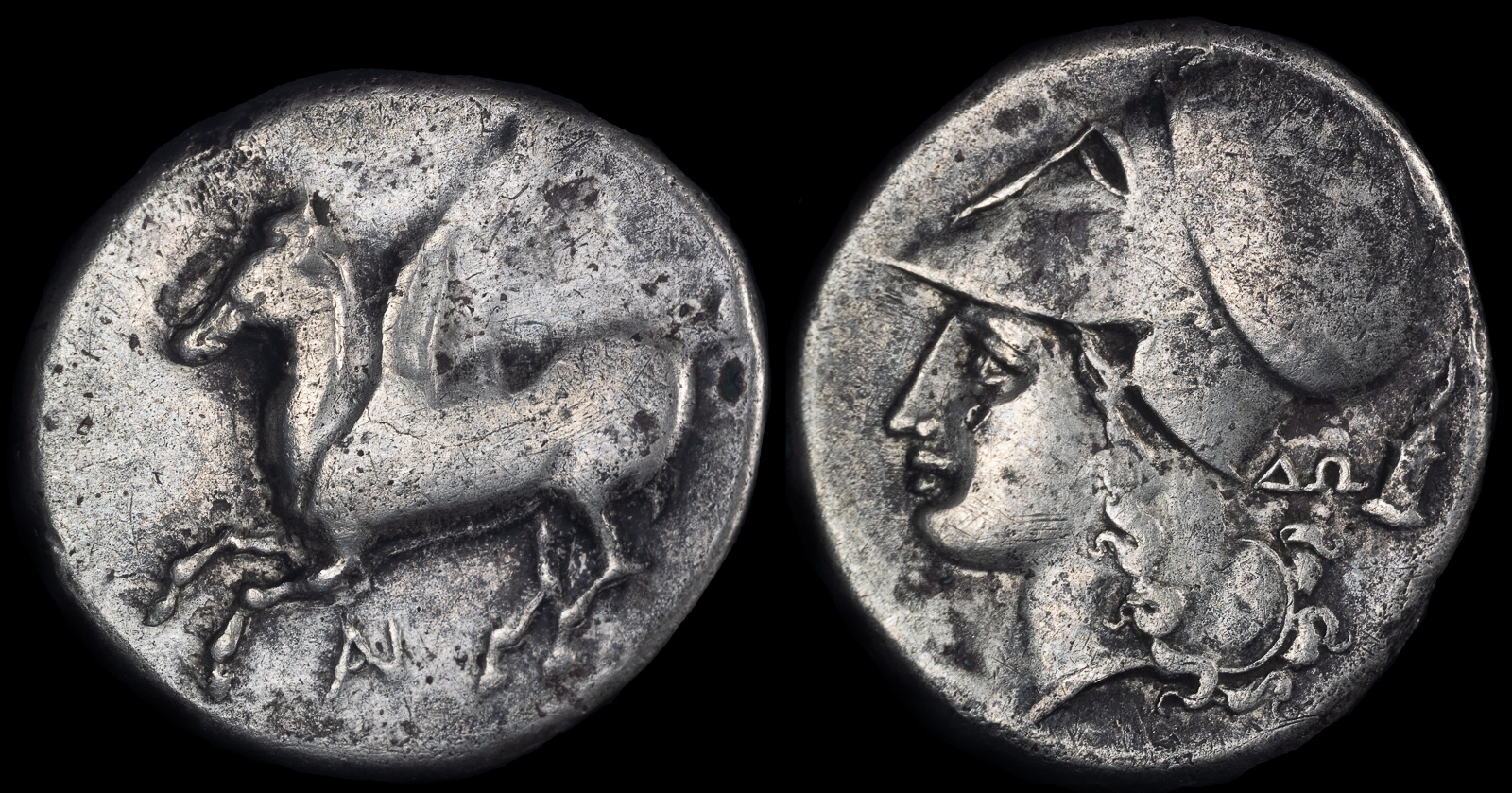Altar
View All Tags
Greek Altars:
In ancient Greece, altars were typically open-air structures, often built in front of temples or in sacred groves, and were frequently constructed of stone or wood. Unlike the enclosed spaces of temples, altars were usually open to the sky, symbolizing the direct communication between the worshiper and the gods. The altar was an essential part of Greek religious practice, particularly for sacrifices. It was on the altar that animals such as bulls, sheep, or pigs were ritually slaughtered, and their offerings, including food, incense, or wine, were burned as a gesture of piety and respect toward the gods. The smoke rising from the burning sacrifices was believed to carry the offerings to the gods, thus ensuring divine favor.
Greek altars were also often adorned with sculptures, inscriptions, and dedications, which could represent thanks for past blessings or request further divine intervention. Some altars, particularly those dedicated to particular gods like Zeus, Apollo, or Athena, became focal points for major civic rituals, festivals, and state-sponsored offerings. The altar could also be seen as a space of communal activity, where citizens gathered to honor the gods and seek their protection.
Roman Altars:
Roman altars were influenced by Greek practices but were also shaped by Rome’s own religious and political traditions. Like the Greeks, the Romans used altars for sacrifices and offerings to the gods, but Roman altars often had a more formal and ceremonial character, particularly in state-sponsored religious rituals. Altars in Rome were typically made of stone and sometimes incorporated elaborate designs, often reflecting the wealth and status of the patron or community that commissioned them. The Romans developed a wide variety of altars, from small domestic altars used in private worship to large, monumental altars erected for public or imperial purposes.
One of the most famous Roman altars is the Altar of Peace (Ara Pacis), dedicated to Pax, the Roman goddess of peace, by Emperor Augustus in 13 BCE. This monumental altar celebrated the peace and prosperity achieved under Augustus’s rule and was adorned with intricate reliefs depicting scenes of imperial family life and Roman religious practices. Another prominent example is the Altar of Jupiter Optimus Maximus, located on the Capitoline Hill, which was the focal point of Roman state religion. The altar at the heart of the Roman forum symbolized not only religious devotion but also the political power of Rome and its emperors.
In both Greek and Roman contexts, altars were also associated with specific rites, such as the Votive Offerings, where individuals or the state would give gifts of thanks for divine favor received. These could range from simple offerings like food and wine to elaborate statues or inscriptions commemorating victories, peace, or blessings from the gods.
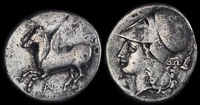
Anaktorion, Akarnania 350-300 BCE
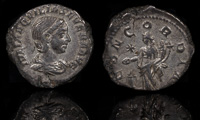
Aquilia Severa 220-222 CE

Caracalla 198-217 CE
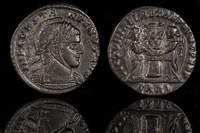
Constantine the Great 319 CE

Crispus 322-323 CE
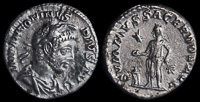
Elagabalus 218-222 CE

Licinius 308-324 CE
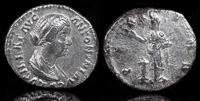
Lucilla 164-180 CE
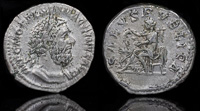
Macrinus 217-218 CE
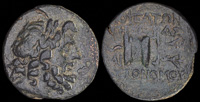
Mopsos, Kilikia 2nd-1st century BCE

Parion, Mysia 350-300 BCE
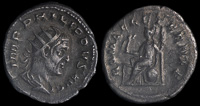
Philip I 247-249 CE
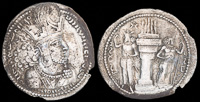
Shapur I 241-272 CE
